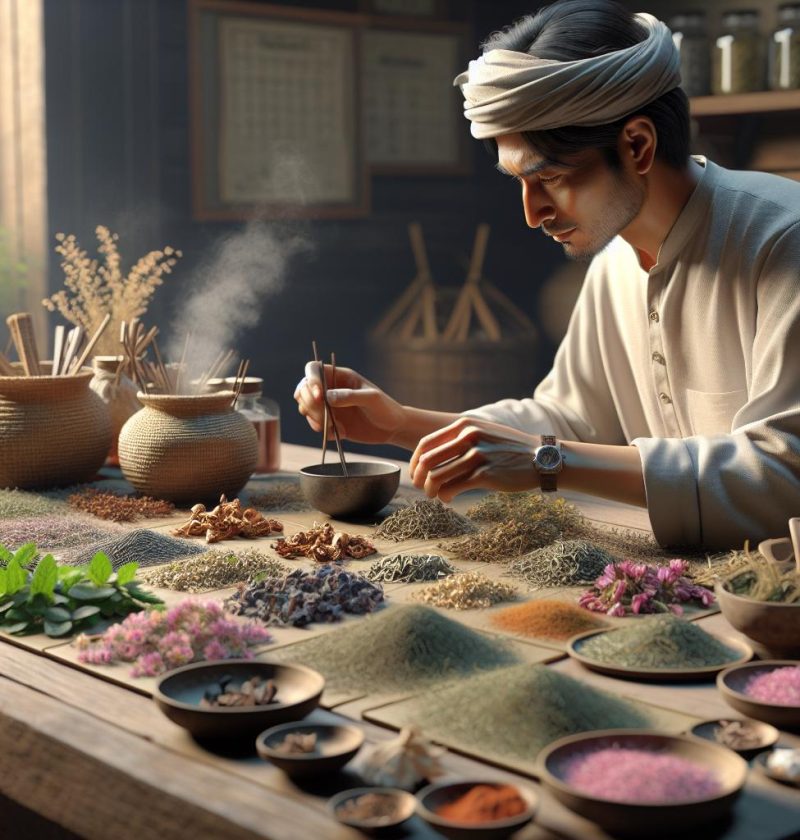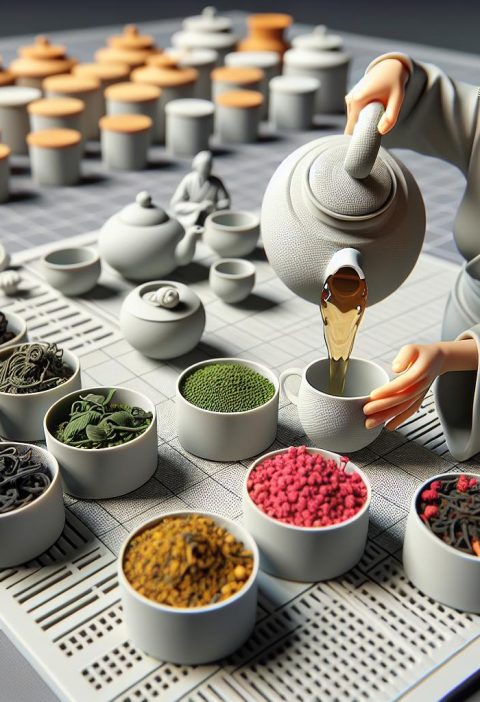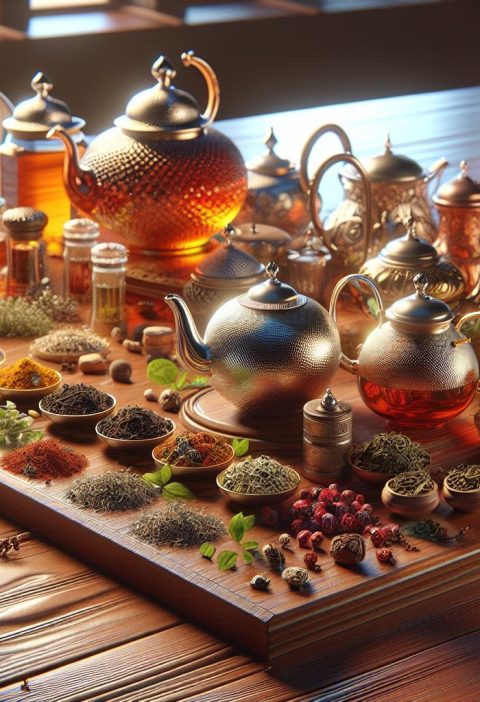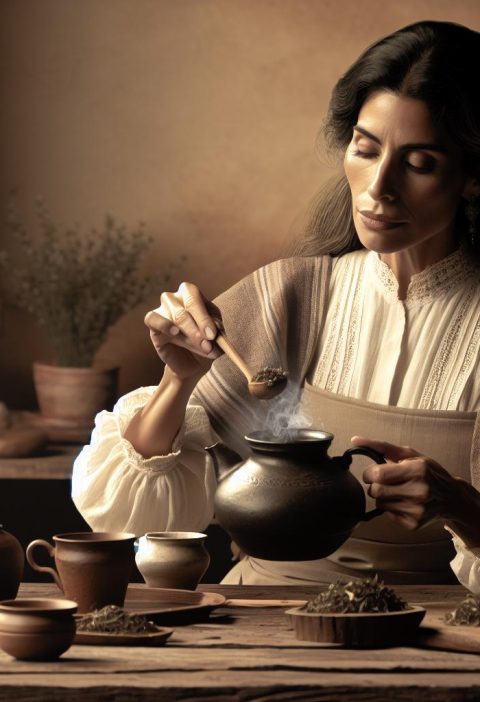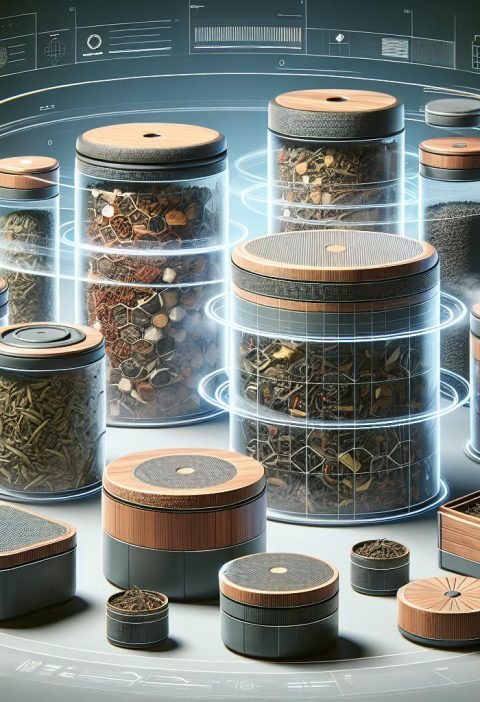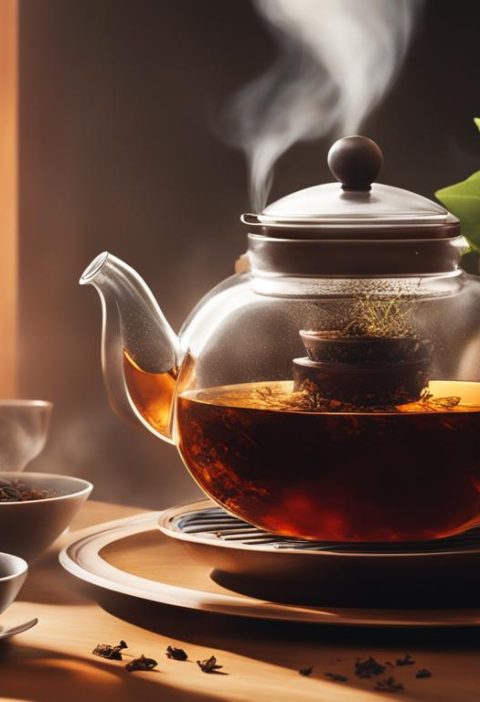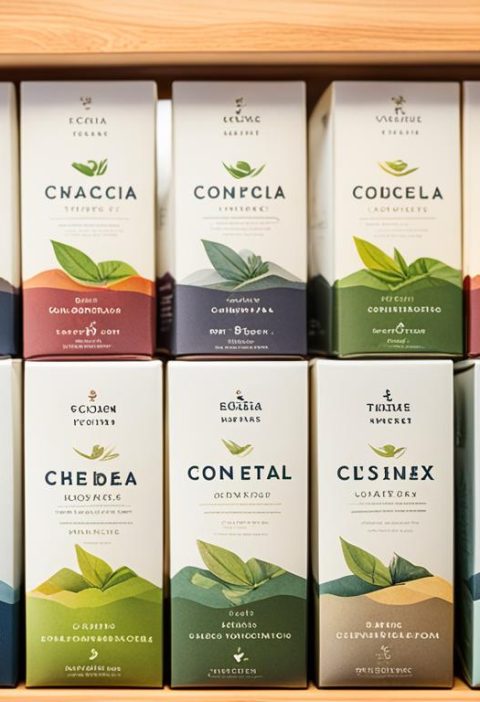So, we’re diving into the world of herbal tea blends, and what better way to elevate our tea experience than by drying our own herbs? With a little know-how and some patience, we can create custom tea blends that cater to our unique tastes and preferences. Drying herbs not only preserves their flavors but also allows us to experiment with different combinations to craft the perfect cup of tea.
When it comes to drying herbs for tea blends, the possibilities are endless. From soothing chamomile to invigorating peppermint, we have the freedom to mix and match herbs to create teas that suit any mood or occasion. By mastering the art of drying herbs, we unlock a whole new realm of flavors and aromas that can transform our tea-drinking experience.
Selecting the Right Herbs
When it comes to creating delightful tea blends, choosing the right herbs is crucial. Here’s a guide tailored to different experience levels:
For Beginners: Exploring the Basics
- Start with versatile herbs like mint or chamomile.
- Consider lavender for a soothing blend.
- Experiment with small batches to find your preferences.
For Intermediate Herbalists: Enhancing Your Blends
- Incorporate citrus herbs like lemon balm for a refreshing twist.
- Try spicy herbs such as ginger or cinnamon for warmth.
- Combine floral herbs like hibiscus for a fragrant touch.
- Create unique blends with herbs like lemongrass or turmeric.
- Explore herbal synergies for complex flavors.
- Consider the healing properties of herbs like echinacea or gingko.
By selecting the right herbs, we can elevate our tea blending experience and savor a diverse range of flavors and aromas in every cup.
Harvesting Herbs for Drying
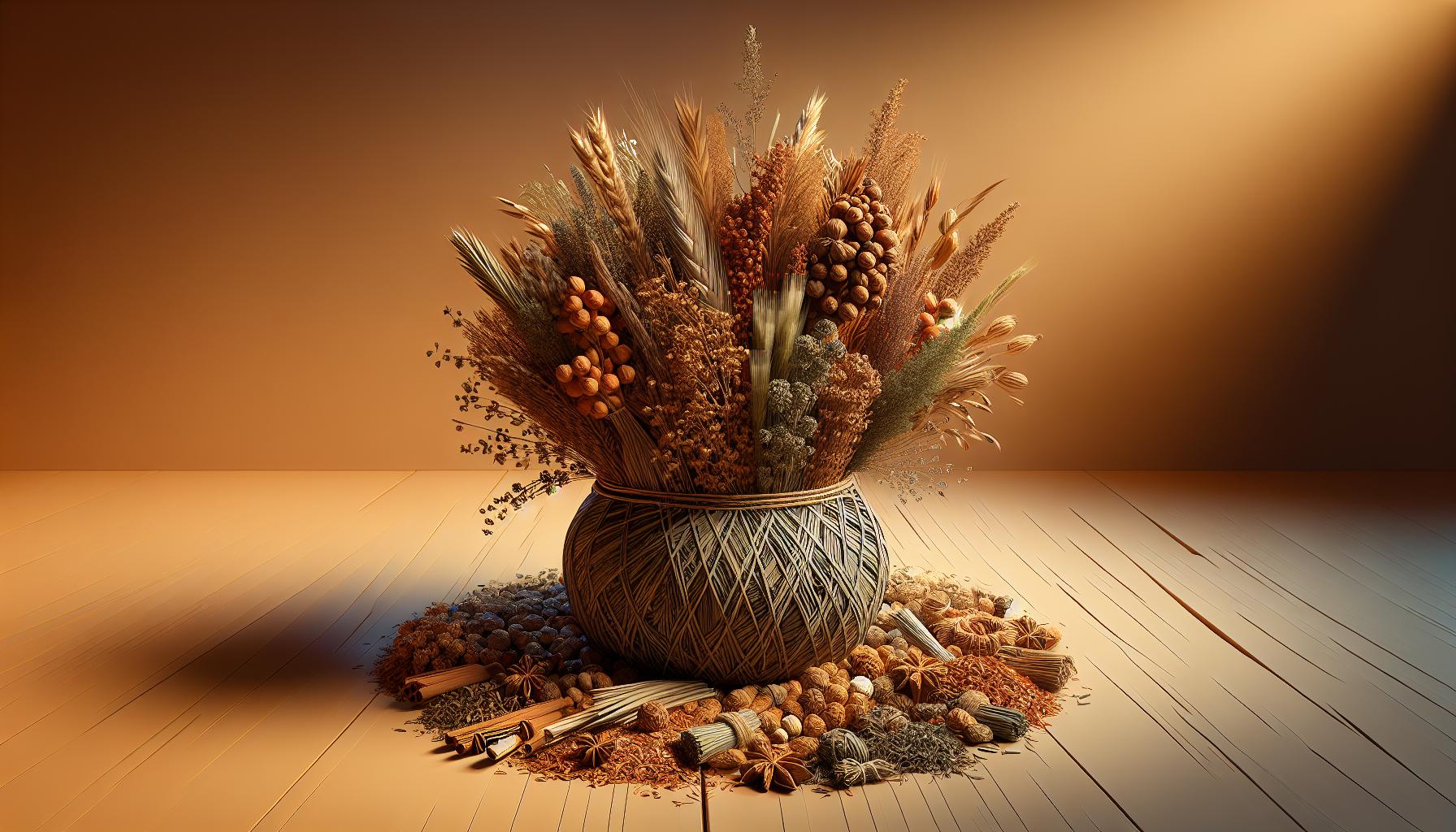
When it comes to creating captivating herbal tea blends, the process begins with harvesting herbs for drying. This crucial step sets the foundation for the flavors and aromas that will infuse your tea creations. Let’s explore some effective techniques tailored to different experience levels.
For Beginners: Starting on the Right Foot
For novices venturing into the world of herbal tea blends, harvesting herbs can be a rewarding starting point. Here are some beginner-friendly tips to ensure a successful herb drying process:
- Timing is key: Harvest herbs in the morning after the dew has dried but before the sun is at its peak for optimal flavor and potency.
- Gentle handling: Be mindful when plucking herbs to avoid bruising or damaging the leaves, preserving their essential oils.
- Air drying: Bundle herbs together and hang them in a warm, well-ventilated area away from direct sunlight. This method works well for herbs like mint and chamomile.
For Intermediate Herbalists: Elevating Your Blends
Intermediate tea enthusiasts looking to enrich their blends with nuanced flavors can take their herb drying techniques up a notch. Consider these recommendations for a more complex tea experience:
- Experiment with different drying methods: Explore techniques like drying herbs in a dehydrator or oven on low heat for faster results.
- Layering flavors: Combine herbs with complementary notes like citrusy lemon balm or spicy ginger to add depth to your blends.
- Consider advanced herb varieties: Delve into exotic herbs like lemongrass or turmeric to create unique and intriguing flavor profiles.
For Experts: Fine-Tuning Your Craft
Seasoned herbalists seeking to push the boundaries of tea blending can refine their herb drying practices with precision and creativity. Here’s how you can take your herbal tea blends to the next level:
- Blend synergies: Explore herbal synergies to unlock complex flavor combinations and aromas that tantalize the senses.
- Customize drying techniques: Tailor drying methods to each herb’s specific moisture content and characteristics to preserve optimal freshness.
- Infuse creativity: Incorporate unconventional herbs and botanicals into your blends to unleash innovative and one-of-a-kind tea creations.
Different Drying Methods
When it comes to drying herbs for tea blends, it’s important to consider the Different Drying Methods available. Each method offers unique benefits and can impact the flavor and freshness of your herbs. Let’s explore various techniques tailored to different experience levels:
For Beginners: Basic Air Drying
- Ideal for beginners, air drying is a simple and effective method.
- Steps:
- Gather herbs in small bunches.
- Hang them upside down in a dark, well-ventilated area.
- Allow herbs to dry for 1-2 weeks until crisp.
- Recommended for herbs like mint, chamomile, and lavender.
For Intermediate Herbalists: Oven Drying
- Intermediate herbalists can explore oven drying for quicker results.
- Steps:
- Spread herbs on a baking sheet in a single layer.
- Place in a preheated oven at a low temperature.
- Check and stir herbs regularly until fully dried.
- Best for herbs like rosemary, thyme, and oregano.
For Expert Blenders: Dehydrator Method
- Advanced herbalists may prefer using a dehydrator for precise drying.
- Process:
- Arrange herbs on dehydrator trays.
- Set the temperature according to herb requirements.
- Monitor until herbs are thoroughly dried.
- Suitable for delicate herbs like basil, parsley, and cilantro.
- Store herbs in airtight containers away from sunlight.
- Label jars with the herb name and date of drying.
- Experiment with different methods to find your preferred technique.
By understanding and utilizing these various drying methods, we can ensure the quality and flavor of our herbal tea blends, catering to all levels of expertise in the art of herb drying.
Storing Dried Herbs
When it comes to Storing Dried Herbs, it’s crucial to maintain their quality and potency for delicious tea blends. Whether you are a novice or an experienced herbalist, proper storage techniques are essential to preserve the flavor and aroma of your herbs. Here’s a breakdown of storing dried herbs based on your expertise level:
For Beginners: Simple Storage Solutions
- Place your dried herbs in glass jars with tight-sealing lids.
- Store the jars in a cool, dark place away from direct sunlight.
- Avoid storing herbs near moisture sources like sinks or dishwashers.
For Intermediate Herbalists: Enhancing Preservation Methods
- Consider using vacuum-sealed bags or mason jars to prolong shelf life.
- Label jars with the herb name and date of drying for easy identification.
- Store herbs in a cool, dry pantry to prevent exposure to heat and humidity.
- Utilize dark-colored containers to shield herbs from light exposure.
- Keep dried herbs in a temperature-controlled environment to maintain freshness.
- Rotate herbs regularly to ensure you use older ones first and maintain quality.
Remember, regardless of your expertise level, proper storage is key to preserving the essence of your herbs and elevating the taste of your tea blends. Experiment with different methods to find what works best for your herb collection.
Experimenting with Herbal Tea Blends

When it comes to herbal tea blends, the fun begins with experimenting and creating unique flavor combinations. Whether you’re just starting or consider yourself an expert herbalist, there are endless possibilities to explore. Delve into the world of herbal tea blends with our tailored recommendations for different experience levels:
For Beginners: Getting Started
- Start by combining familiar herbs like peppermint and chamomile for a soothing blend.
- Experiment with dried fruits like lemon peel or orange slices for a hint of sweetness.
- Try mixing earthy herbs like rooibos with a touch of lavender for a calming brew.
For Intermediate Herbalists: Refining Your Blends
- Dive into floral blends by incorporating hibiscus or rose petals for a fragrant twist.
- Explore spice-infused teas with ingredients like cinnamon, ginger, and cardamom for a warming effect.
- Consider adding adaptogens such as ashwagandha or rhodiola for their stress-relieving properties.
- Create signature blends by mixing multiple herbs and spices to achieve a complex flavor profile.
- Experiment with layering flavors by combining herbs with contrasting taste profiles, such as minty and citrusy.
- Incorporate unique ingredients like lemongrass, licorice root, or fennel seeds for unexpected twists.
Exploring the realm of herbal tea blends allows us to unleash our creativity and craft personalized combinations that cater to our tastes and preferences. With each blend, we embark on a sensory journey that delights the palate and nourishes the soul. Let’s continue to experiment, innovate, and savor the magic of herbal teas.
Conclusion
Diving into the world of herbal tea blends offers endless possibilities for crafting unique and flavorful concoctions. Whether you’re a novice or an expert herbalist, the joy of blending herbs lies in the freedom to experiment and create personalized tea experiences. With a wide array of herbs and spices at our disposal, we can embark on a sensory journey that tantalizes our taste buds and soothes our spirits. Embrace the art of tea blending as a form of self-expression and self-care, allowing your creativity to flourish with each new blend you create. Let’s continue to explore, innovate, and savor the magic of herbal tea blending in our daily rituals.
